Cafe COIN 2ho (Cafe COIN 2호)
289.0867102343381m 266 2021-03-22
29, Myeongdong, 9-gil, Jung-gu, Seoul
+82-2-754-1506
A café operated for more than 20 years in Myeong-dong. This is a cafe located in Jung-gu, Seoul. The most famous menu is waffle.
Cheongsujeong (청수정)
306.3780500652285m 30629 2024-03-18
91 Samcheong-ro, Jongno-gu, Seoul
Cheongsujeong is a traditional Korean restaurant specializing in mussel dishes near Gyeongbokgung Palace. Mussel rice is a traditional dish from Ulleungdo Island. The signature menu is the honghapbap jeongsik (mussel rice set menu), which includes mussel-infused rice served with soybean paste jjigae, various side dishes such as salads, acorn jelly, kimchi, grilled fish, and more. Additionally, they offer dishes like bulgogi deopbap (stir-fried bulgogi with rice), jeyukbokkeum (spicy stir-fried pork), and ojingeo bokkeum (stir-fried squid).
Seoul Hiking Tourism Center - Bugaksan Branch (서울도심등산관광센터(북악산))
312.2538868686294m 0 2024-03-05
88 Samcheong-ro, Jongno-gu, Seoul
The Bugaksan branch of Seoul Hiking Tourism Center is located on Samcheong-dong Culture Street and provides various services to hikers. It provides hiking course guidance and information (available in Korean, English, Chinese, and Japanese) about the mountains of Seoul, including Bukhansan, Bugaksan, and Inwangsan Mountains, as well as promotional materials such as Seoul hiking tourism guidebooks and maps. Also, it operates hiking tour programs with various themes every week for foreigners and offers hiking gear rental services such as hiking boots, hiking attire, trekking poles, gloves, and crampons for foreigners. (Koreans accompanied by foreigners can also rent the gear.) In addition, there is a storage locker and lounge for visitors, so they can pack up and rest before hiking.
Fatum (파툼)
321.52777863537005m 20578 2019-12-20
86-5, Samcheong-ro, Jongno-gu, Seoul
+82-2-739-9888
FATUM is famous for its great view of Samcheong-dong. Each floor is decorated with a different theme, from natural rocks on the first floor, comfort on the second floor, and indoor viewing places on the third and fourth floors, and outdoor seats on the fifth floor. The view features beautiful scenery including Bugaksan Mountain, Inwangsan Mountain, and Gyeongbokgung Palace at once, as well as a fantastic sunset from the café.
Hanboknam (한복남)
324.7262263565477m 24058 2021-01-27
17, Bukchon-ro 5ga-gil, Jongno-gu, Seoul
+82-10-6485-8507
Started in Jeonju in 2012, Hanboknam strived to promote the beauty of hanbok, earning recognition by the Ministry of Culture, Sports and Tourism in 2015. Following this, Hanboknam opened a hanbok exhibition and rental shop in the Bukchon area of Seoul in 2016. The shop provides customers with numerous styles of hanbok, from royalty to beggars. The rental shop also offers various accessories to pair with the different hanbok for a complete look.
Dal Café (달 카페)
350.37916582877415m 14740 2024-03-18
94-1 Samcheong-ro, Jongno-gu, Seoul
+82-2-735-7355
Dal Café is a café located in Bukchon Hanok Village, housed within a traditional Korean hanok. "Dal" means "moon" in Korean. The café is designed with lighting fixtures that give the impression of the moon hanging on the wall, making it a perfect spot for photography. The signature menu item here is the traditional Korean shaved ice with topping served in a traditional pot.
Gyeongbokgung Palace Special Evening Admission (경복궁 야간 특별관람)
354.52631029022587m 760 2022-03-24
161, Sajik-ro, Jongno-gu, Seoul
• 1330 Travel Hotline: +82-2-1330 (Korean, English, Japanese, Chinese) • For more info: +82-2-3700-3900~1
The special evening admission to Gyeongbokgung Palace takes place for a limited time every year. Visitors can purchase tickets for this special evening program online.
National Museum of Modern and Contemporary Art, Seoul [MMCA Seoul] (국립현대미술관 서울관)
383.09489831349805m 59022 2023-06-23
30, Samcheong-ro, Jongno-gu, Seoul
+82-2-3701-9500
The National Museum of Modern and Contemporary Art, Seoul (MMCA Seoul) opened in 2013 as a city venue of the MMCA, which opened in 1986 in Gwacheon. The museum site was where many of Korea’s historical and political developments were achieved, both during the Joseon dynasty and after the Korean War. The Seoul venue of MMCA stands out from other museums through its use of Korea’s traditional architectural concept of "madang," a spacious courtyard where people can come and gather to socialize. The exterior of the building stands in harmony with the surrounding landscape. Inside, the museum is equipped with many facilities, including a reference center, project gallery theater, and multipurpose hall. MMCA Seoul strives to accommodate every mode of new artistic endeavor and to communicate with the public.
Osulloc - National Museum of Modern and Contemporary Art Branch [Tax Refund Shop] (오설록 현대미술관)
386.81364020185936m 0 2024-04-23
30, Samcheong-ro, Jongno-gu, Seoul
-
Gyeongbokgung Palace (경복궁)
387.54546949276755m 1752365 2024-05-07
161, Sajik-ro, Jongno-gu, Seoul
+82-2-3700-3900
Gyeongbokgung Palace was built as the official palace of the Joseon dynasty by Yi Seong-gye, who becomes King Taejo and the founder of the new regime. Gyeongbokgung Palace is commonly referred to as the Northern Palace because its location in the north of Changdeokgung Palace in the east and Gyeonghuigung Palace in the west. Gyeongbokgung Palace is arguably the most beautiful and is the largest of all five palaces. Many Joseon kings were crowned here, including the 2nd King Jeongjong, 4th King Sejong, 6th King Danjong, 7th King Sejo, 9th King Seongjong, 11th King Jungjong, and the 13th King Myeongjong. The premises were once destroyed by fire during the Imjin War (1592-1598). However, all of the palace buildings were later restored under the leadership of Heungseondaewongun during the reign of King Gojong. The assassination of Empress Myeongseong, however, resulted in Gyeongbokgung Palace losing its function as a royal palace, eventually witnessing the downfall of the Joseon dynasty. Gyeongbokgung Palace retains the original Gyeonghoeru Pavilion, a prime example of Joseon architecture, and the Hyangwonjeong Pavilion and pond. The sculptures in the Geunjeongjeon Hall exemplify Joseon-era sculpture techniques. The west side of the area outside Heungnyemun Gate is occupied by the National Palace Museum of Korea, while the eastern side of Hyangwonjeong Pavilion within the Gyeongbokgung Palace is occupied by the National Folk Museum of Korea.
* Major cultural heritages
1) [Historic Site] Gyeongbokgung Palace
2) [National Treasure] Geunjeongjeon Hall of Gyeongbokgung Palace
3) [National Treasure] Gyeonghoeru Pavilion of Gyeongbokgung Palace
4) [Treasure] Jagyeongjeon Hall of Gyeongbokgung Palace
5) [Treasure] Chimney with Ten Symbols of Longevity in Relief at Jagyeongjeon Hall of Gyeongbokgung Palace
6) [Treasure] Chimneys in Amisan Garden of Gyeongbokgung Palace
7) [Treasure] Geunjeongmun Gate and Corridor of Gyeongbokgung Palace
8) [Treasure] Wind Streamer Pedestal of Gyeongbokgung Palace
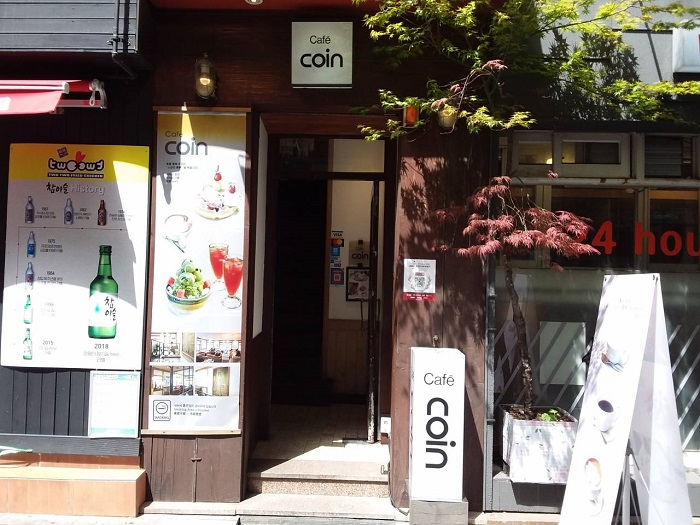

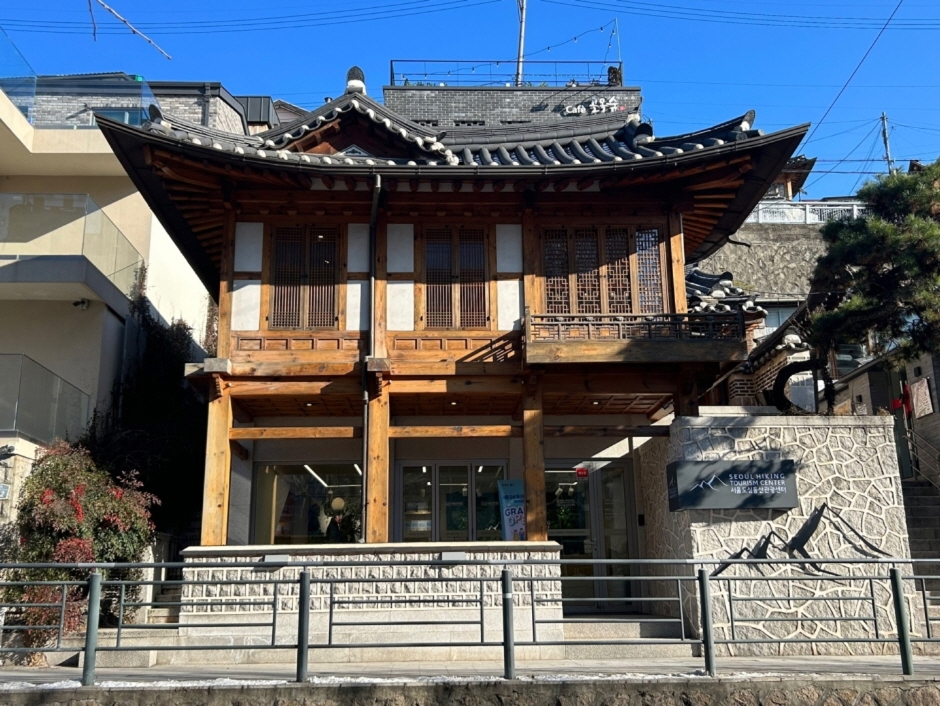
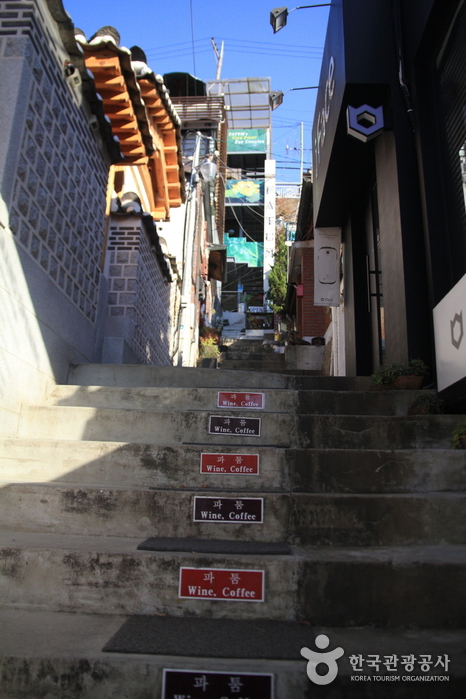
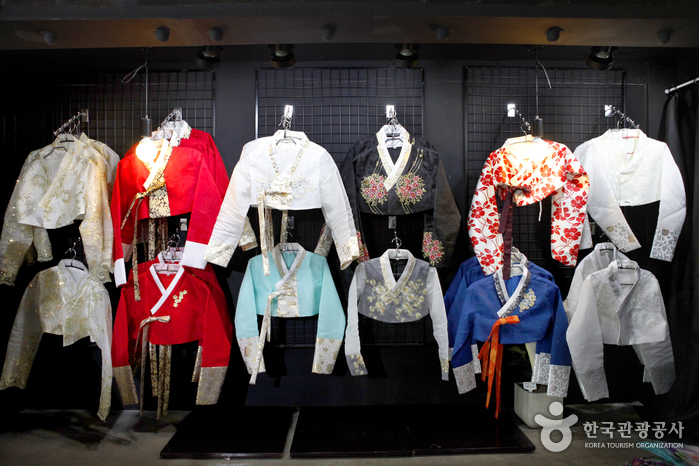
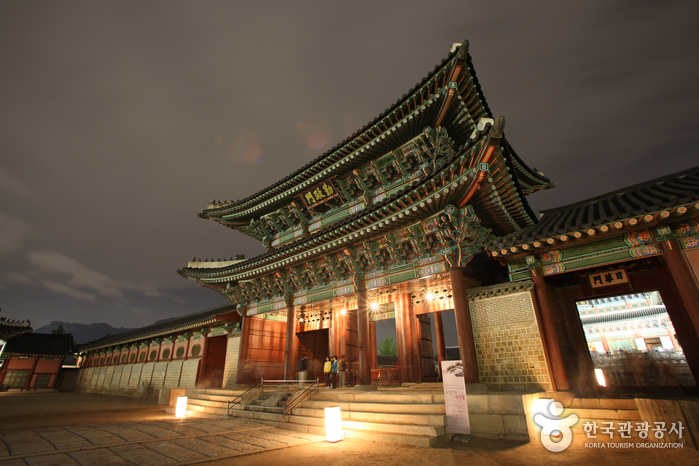
![National Museum of Modern and Contemporary Art, Seoul [MMCA Seoul] (국립현대미술관 서울관)](http://tong.visitkorea.or.kr/cms/resource/00/2991500_image2_1.jpg)
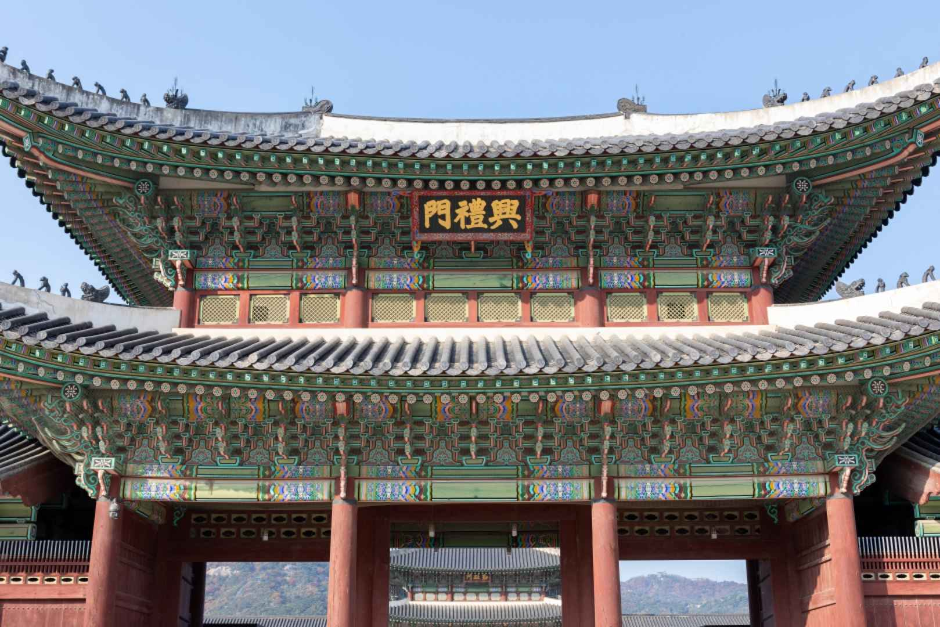
 English
English
 한국어
한국어 日本語
日本語 中文(简体)
中文(简体) Deutsch
Deutsch Français
Français Español
Español Русский
Русский